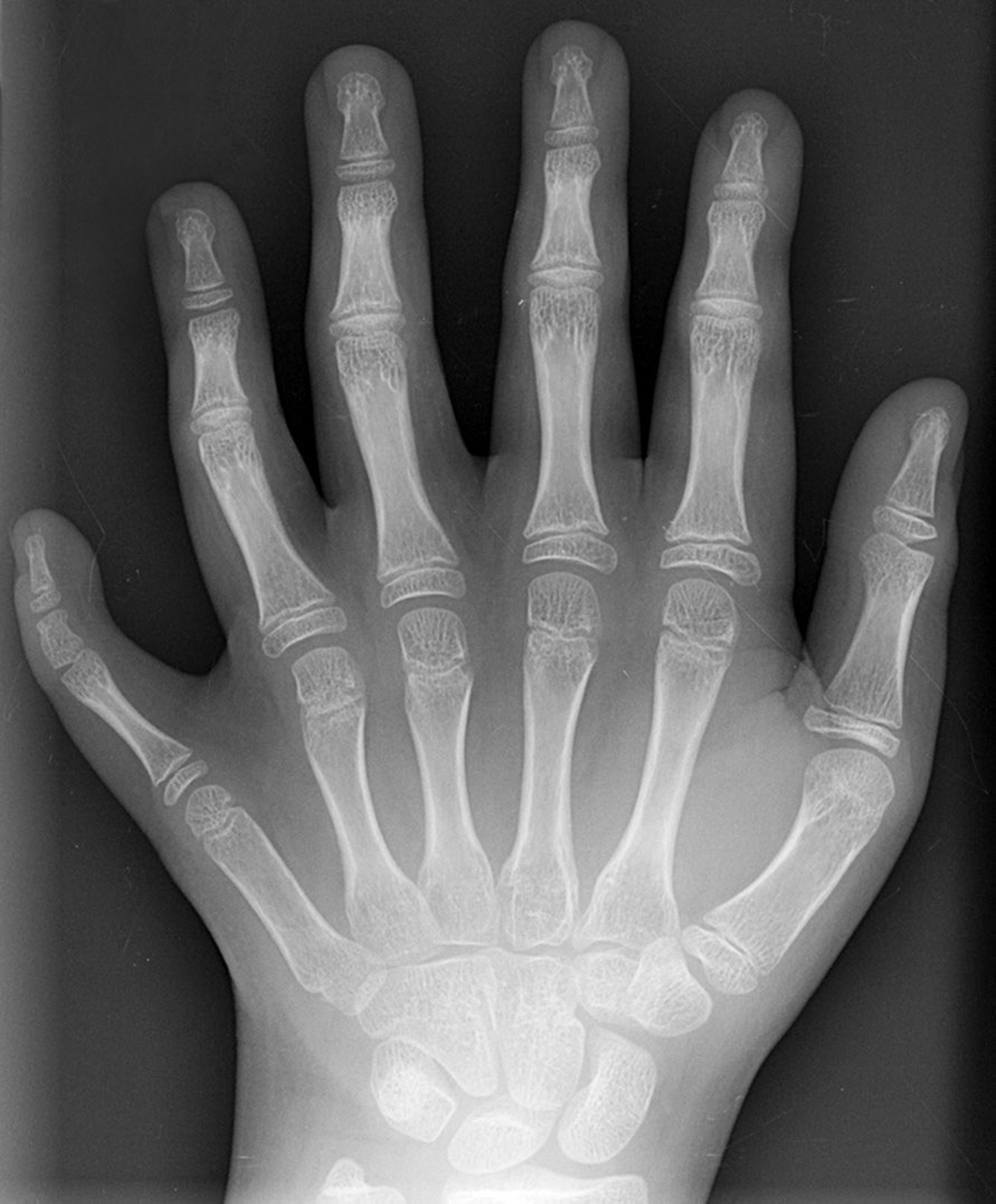
Polydactyly is a medical condition that is presented with the extra fingers or extra thumbs. This is the most frequent abnormality related to growth patterns of the hand. Polydactyly can be present in different forms. For instance, a person may have only a tiny extra lump on one side of the hand. Other form of polydactyly is a finger which splits into two fingertips. Patient may have an extra finger which hangs from the hand. Apart from the previously mentioned a person may have one thumb and additional 5 fingers. There are even several more variations possible.
The Cause of Polydactyly
Polydactyly forms during intrauterine growth and development. The proper development of the hand starts with the formation of the very hand which is in the shape of paddle. Additionally, fingers develop and separate from each other. It is possible that the process of separation is disturbed and this results in an extra finger. Another condition called syndactyly is also connected to improper development of fingers and it also occurs during intrauterine development. However, this condition is opposite to polydactyly because in syndactyly the fingers are fused. In some people even the combination of syndactyly and polydactyly is possible. The cause of polydactyly has not been established yet but it is believed that gene abnormalities may result in this medical condition.
The Surgical Treatment for Polydactyly
In some cases polydactyly is not isolated body abnormality. It can be associated with other birth related problems. This medical condition can be only successfully treated with surgery. If the parents do decide that their child needs to be operated the surgery for polydactyly is best performed within first five years of life. This period of child's life is most optimal as it will have positive effects on the proper healing and re-establishing the correct function of the hand and fingers. It is also necessary for a child to work with a hand therapist. The role of hand therapist is essential both prior and after the surgical removal of the extra finger.
This surgical procedure can be sometimes rather difficult especially if bones of the hand are twisted or joints crooked. Missing tendons, blood vessels and nerves may present additional complication. Sometimes after the surgery the deformity of remaining fingers may be even more visible.
The goal of the surgery is to improve both the function and the appearance of hand and fingers. It is also performed to reduce the risk of further deformities. In general, surgery for polydactyly is very successful. The results are the best if the surgery is performed in early childhood.


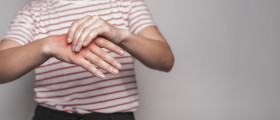




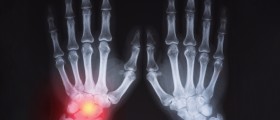
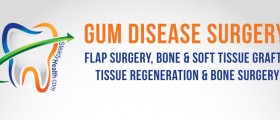






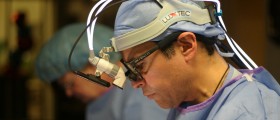
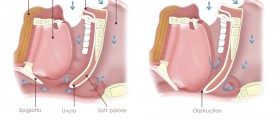
Your thoughts on this
Loading...